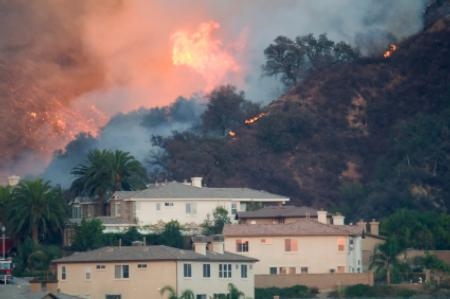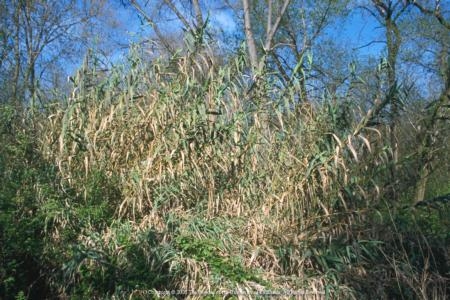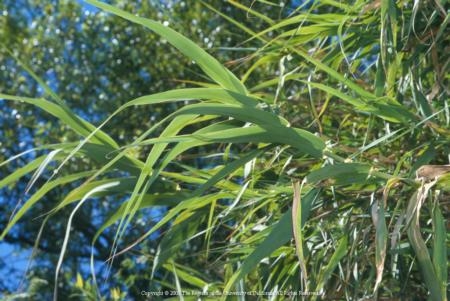- Author: Cris L. Johnson

Drought is a regular threat here in Southern California where dry conditions prevail. The National Weather Services will holding two talks related to drought at California State University, Channel Islands. The talks are a part of the Environmental Science and Resource Management (ESRM) speaker's series and will feature speakers from local Weather Forecast offices.
We are currently experiencing drought conditions which can lead to fires and subsequent threats of flash floods and debris flows. The speakers will address these issues and how partnerships with local services can help minimize potential damage. The topics will cover:
- Growing Fire Weather Threat in Southern California
- Drought and Post Fire Flash Floods and Debris Flows
If you are interesting in attending:
Dates: February 13 and February 20, 2014
Time: 6:00 pm - 7:30 pm
Location:
California State University, Channel Islands
1360 Broome Library
One University Dr.
Camarillo, CA 93012
Contact: Don Rodriguez, don.rodriguez@csuci.edu
See here for more information.
- Author: Chris M. Webb
This week is National Fire Prevention Week.
The University of California has some fantastic resources designed to reduce fire risk for individuals and communities, particularly for those living near the Wildland Urban Interface (WUI). The WUI is the area where urban and suburban development meets undeveloped areas containing natural vegetation.
Many of the resources listed below were developed by UCCE Natural Resource Advisor Sabrina Drill. The majority of her publications provide direction for taking small, regular steps at reducing fire risk on your property.
Sharing these resources with neighbors may further reduce the risk of fire in your community.
- Additional UC fire resources
 Oncoming brush fire threatens homes.
Oncoming brush fire threatens homes.
- Author: Chris M. Webb

Join UCCE’s Natural Resources Advisor, Sabrina Drill for a free fire-safe landscaping workshop. The workshops will be held this month in various locations throughout our county.
From the workshop flyer:
"Come find out how to make your landscape beautiful and fire-safe while being a good neighbor to wildlands. Get tips and techniques on planting, maintenance, and building materials to help you and your home survive the next fire.
Learn about defensible space, vegetation management, and invasive plants from experts at U.C. Cooperative Extension and your local fire authority!"
For additional information, including dates and locations please click here . While the workshops are free, registration is required. Register early to save a spot!
- Author: Chris M. Webb
Arundo (Arundo donax) is an invasive plant present in our local waterways. It can grow at a rate of four inches per day, making it one of the fastest-growing land plants in the world, and can reach heights of 30 feet tall. It reproduces and spreads when sections of the stem or root break off and float downstream.
Originally introduced by European immigrants as material for making musical instruments, it was also used for roofing materials in California in the early 1800’s. Later it was used for erosion control. Using arundo for erosion control turned out to be a bad choice as it is extremely damaging to our native ecosystems.
Arundo requires a significant amount of water to grow, reducing available water for native plants, fish, wildlife and people. In addition, clumps of arundo and the soil around their roots can break off, causing streambank erosion. Furthermore, these clumps may create channel obstructions that lead to flooding.
In addition to displacing native plants and destroying native fish and wildlife habitat, arundo is highly flammable and can quickly carry fire along waterways. After a fire, arundo quickly grows back from its roots. With other nearby plants burned by fire, arundo can spread even more quickly, leaving no room for native plants to recover.
To help reduce the spread of this plant and the destruction it causes, take the following actions:
- Learn more about arundo, including how to identify it
- Report sightings to local conservation groups
- Join local eradication efforts or help to start one
- If you own land with an arundo infestation, request help and provide access for control efforts.

Arundo is highly flammable.

Arundo can grow at a rate of four inches per day.
- Author: Chris M. Webb
UC ANR’s Stephen Quarles and others have recently released an important publication for Californians. Home Survival in Wildfire-Prone Areas: Building Materials and Design Considerations can be downloaded for free.
The description sums up the publication perfectly:
It's like the three little pigs showed us: the way you build your house can make the difference between a cozy home and a heap of rubble when disaster strikes. Learn about design methods and building materials that will help your home survive a wildfire.
This resource discusses the following:
- Ignition of homes in wildfire-prone areas
- Roof covering and rood edge
- Eaves and overhangs
- Windows
- Decks
- Exterior siding
- Fire-retardant treatments and coatings



